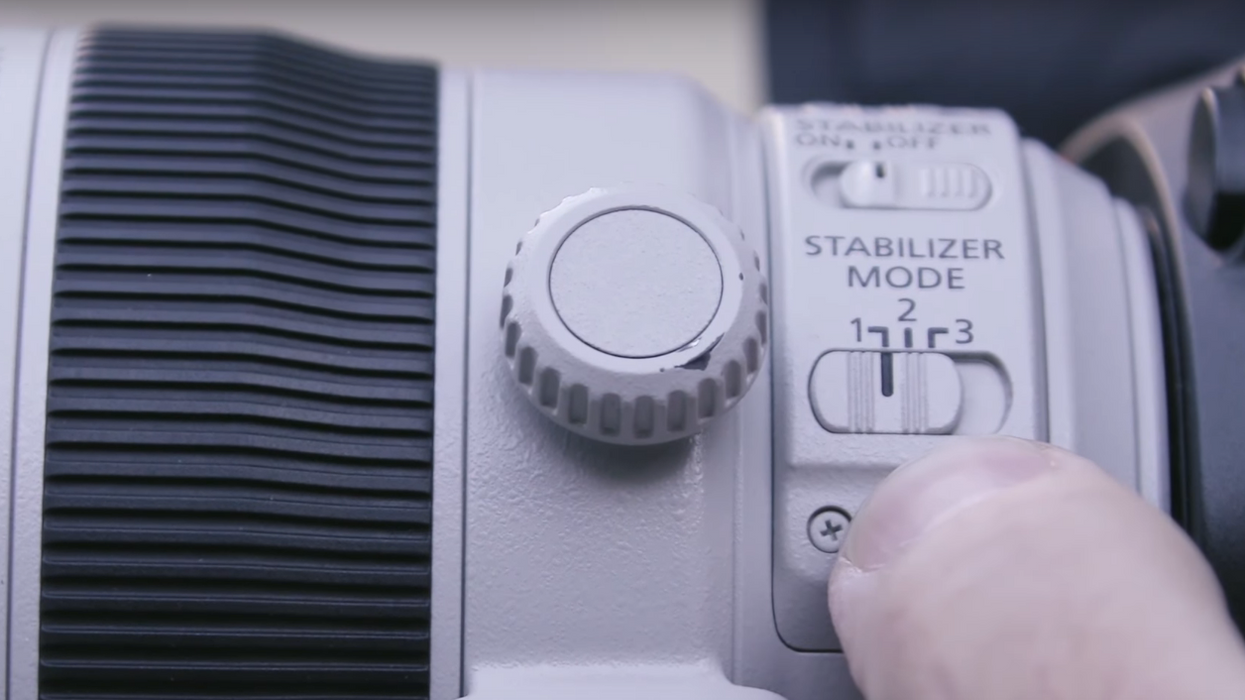What You Need to Know About Using Your Camera's Image Stabilization Feature
Should you use your camera's image stabilization feature to steady your shots?

Image Stabilization, or IS, is somewhat standard on most newer cameras and lenses and allows you to shoot at slower shutter speeds (usually two settings slower) than you would be able to without it. However, what are its limitations, when should it be used, and in what shooting situations? In this short video from Adorama, photographer David Bergman explains how the image stabilization feature works on your gear, as well as what you should know about turning it on to make your shots more steady.
Though some manufacturers call it by a different name, like Nikon's "Vibration Reduction" or Sony's "Super Steady Shot," Image Stabilization can be a powerful tool for those who shoot either handheld or during a long exposure. This internal mechanism affords you the ability to shoot at slower shutter speeds without ending up with blurry images.
Despite the fact that the IS feature on many newer cameras/lenses have fantastic results, it's not going to stabilize everything. Action shots, for example, still require you to use a tripod or shoot at higher shutter speeds because the IS won't be able to compensate for all the motion. Bergman also notes that you might want to turn the IS off if you're shooting on a tripod, because the actual movement and vibration from the mechanism can cause your images to be blurry. For the most part, though, it doesn't hurt to leave the IS on while you're shooting. It'll help stabilize your images if you need it to and you won't have to worry about turning it on.
But be aware when purchasing a camera or lens for this kind of feature, because some camera manufacturers can have misleading labeling. For example, if a camera claims to have "anti-blur" or "anti-shake" modes, that is not the same thing as IS. And to further complicate matters, there are different kinds of Image Stabilization:
- Optical, which typically uses a gyro-sensor and stabilization microchip to measure and compensate for movement.
- Digital, which strictly uses software and camera settings to stabilize shaky footage and increase ISO sensitivity.
- Dual-IS, which can mean different things depending on the manufacturer, but it usually means that there is a combination of both Optical and Digital stabilization, or that there is stabilization technology in both the camera body and lens.
So, just make sure research Image Stabilization, as well as what kind the camera you want claims to have so you're getting exactly what you want before you buy.
Source: Adorama















